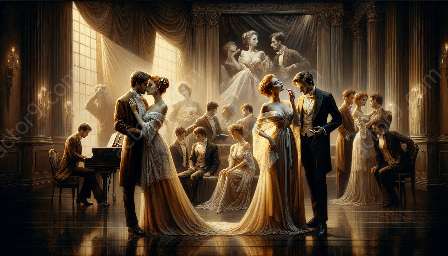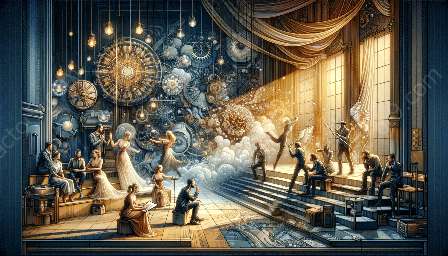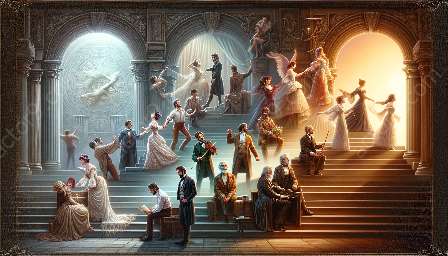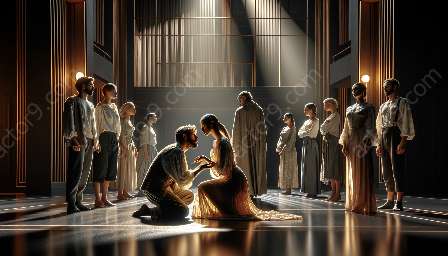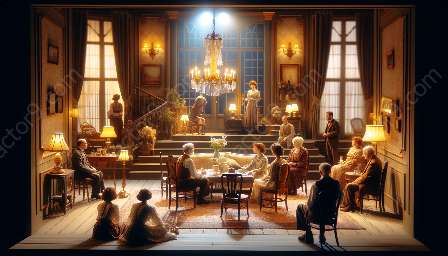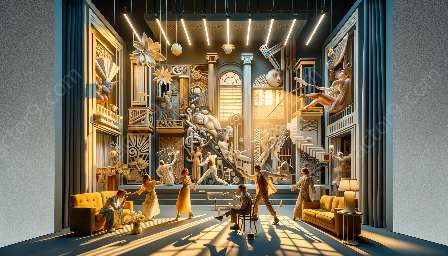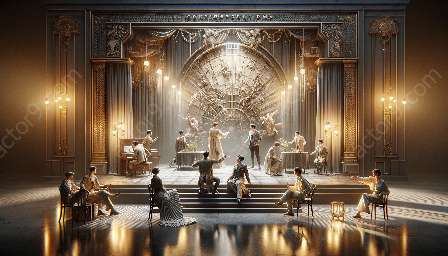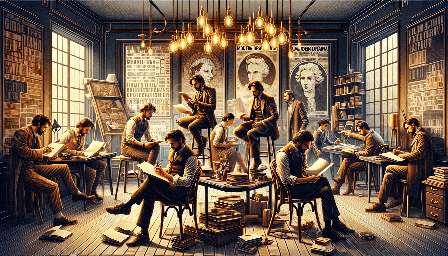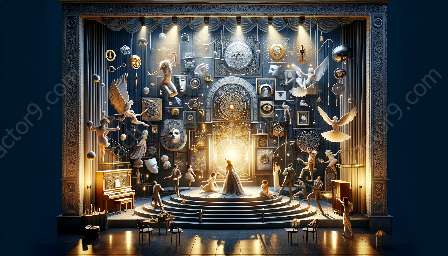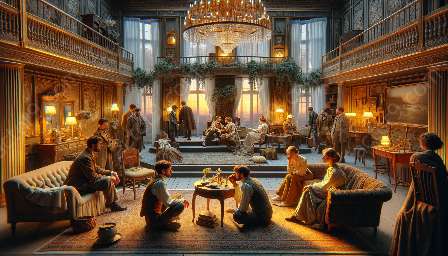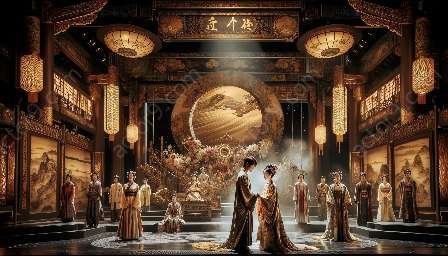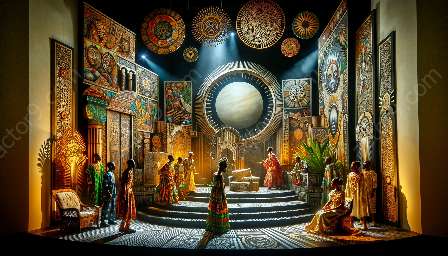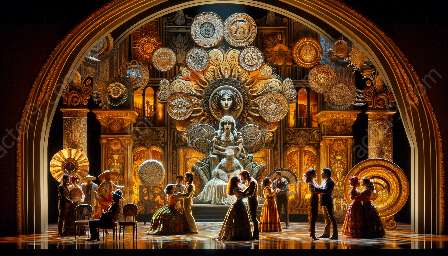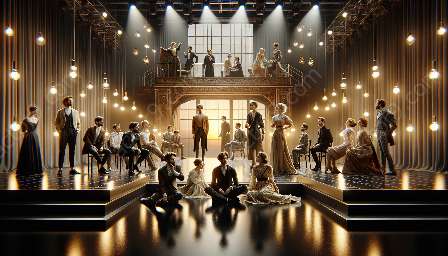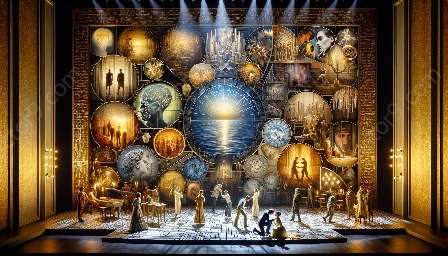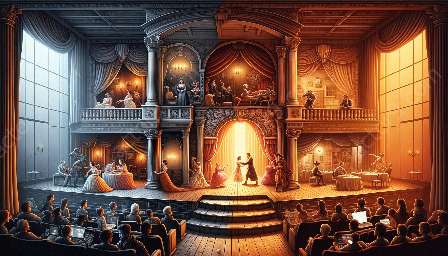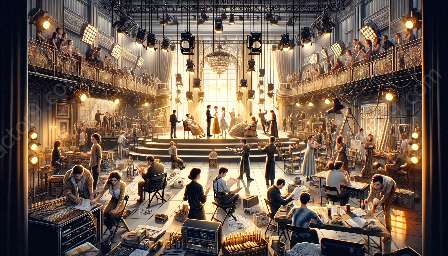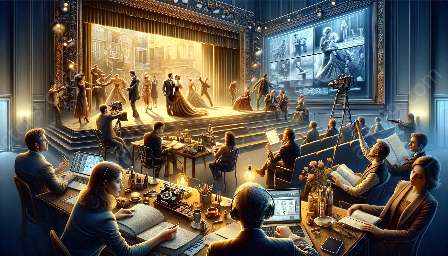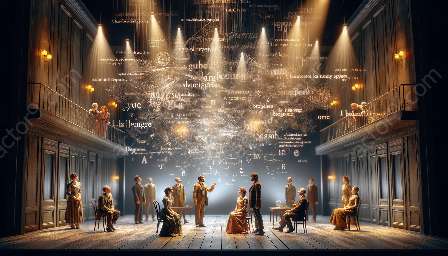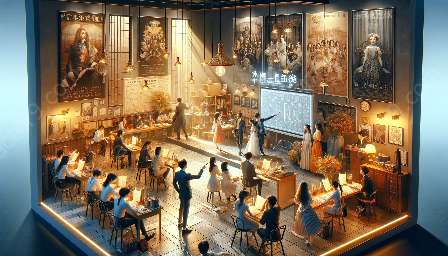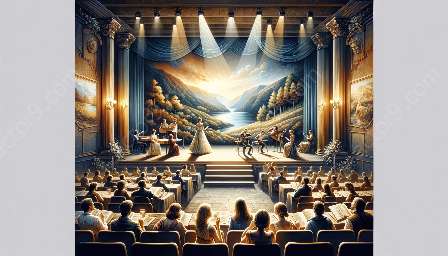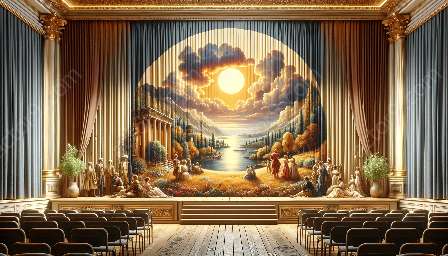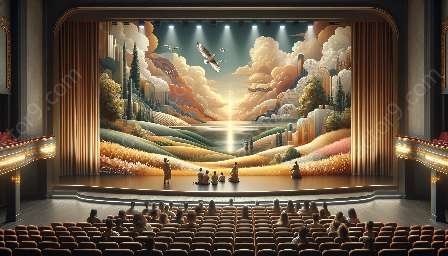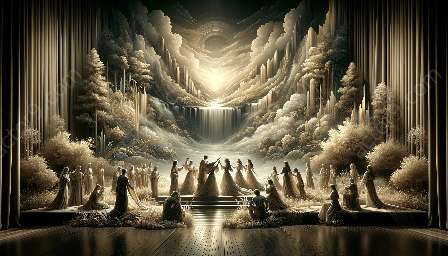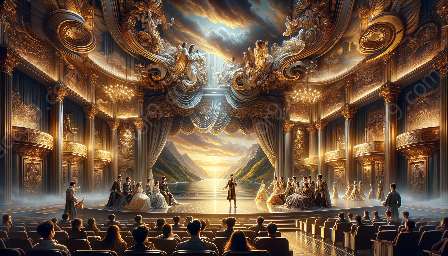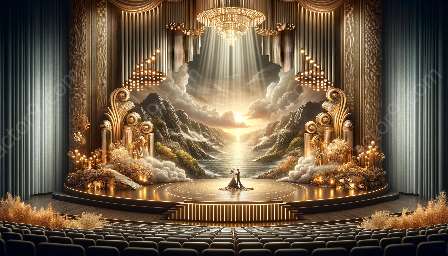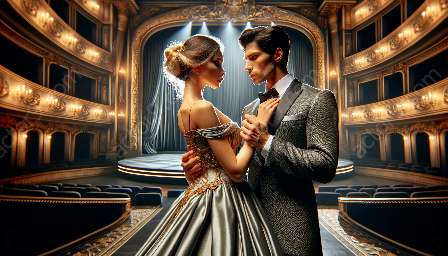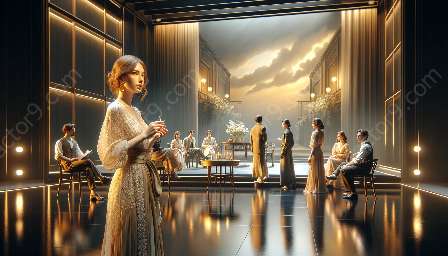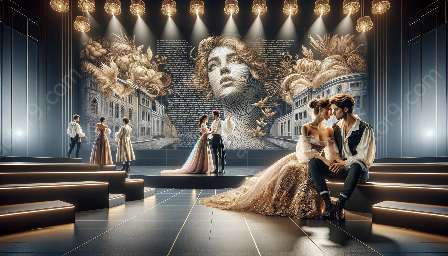Modern drama has brought about significant changes in theatrical forms, challenging the conventions of traditional drama and transforming the way stories are told on stage. This topic cluster will delve into the evolution of modern drama and explore the challenges that have arisen for traditional theatrical forms.
Evolution of Modern Drama
Modern drama has evolved dramatically over the past century, undergoing significant transformations in both content and style. The emergence of new theatrical movements and the changing social and cultural landscapes have contributed to the evolution of modern drama, leading to a rethinking of traditional theatrical forms and practices.
The evolution of modern drama can be traced back to the late 19th and early 20th centuries, with the emergence of groundbreaking playwrights such as Henrik Ibsen, August Strindberg, and Anton Chekhov. These playwrights challenged the prevailing theatrical norms of their time by exploring themes of social realism, psychological depth, and existential angst.
As the 20th century progressed, modern drama continued to evolve, incorporating new forms of expression and experimentation. The rise of avant-garde movements such as Dadaism, Surrealism, and Expressionism pushed the boundaries of traditional theatrical forms, introducing innovative techniques and non-linear narratives.
Post-World War II, the influence of existential philosophy, absurdism, and the Theatre of the Absurd further challenged traditional notions of plot, character, and dialogue. Playwrights like Samuel Beckett, Eugène Ionesco, and Harold Pinter introduced unconventional dramatic structures and fragmented narratives, disrupting established theatrical conventions.
Challenges Faced by Traditional Theatrical Forms
The evolution of modern drama has posed significant challenges to traditional theatrical forms, prompting a reevaluation of established practices and conventions. These challenges have manifested in various ways, impacting the content, structure, and performance of theatrical productions.
1. Shift in Narrative Structures
The evolution of modern drama has led to a departure from linear and traditional narrative structures. Playwrights have experimented with nonlinear storytelling, fragmented narratives, and non-chronological timelines, challenging audiences to engage with new forms of storytelling.
2. Reinterpretation of Character and Identity
Modern drama has redefined the portrayal of characters and their identities, moving away from static archetypes and embracing complex, multi-dimensional individuals. This shift has challenged traditional understandings of character development and representation.
3. Exploration of Social and Political Realities
Modern drama has delved into a wide range of social and political issues, addressing themes such as identity, inequality, and power dynamics. This exploration has challenged traditional approaches to storytelling and highlighted the need for theatre to engage with contemporary societal concerns.
4. Experimentation with Performance Art
Advancements in performance art and technology have expanded the possibilities for theatrical expression, blurring the boundaries between different art forms. This interdisciplinary approach has challenged traditional definitions of theatre and performance, leading to innovative and immersive experiences for audiences.
Impact and Relevance of Changes
The changes brought about by modern drama have had a profound impact on the theatrical landscape, influencing the way stories are told and the way audiences engage with performances. These changes have redefined the possibilities of theatrical expression and continue to shape the contemporary theatrical scene.
1. Diversification of Voices and Perspectives
The challenges to traditional theatrical forms have opened up space for a greater diversity of voices and perspectives in the theatrical world. Playwrights and theatre-makers from marginalized communities have gained increased visibility, contributing to a more inclusive and representative theatrical landscape.
2. Redefinition of Theatrical Boundaries
The evolution of modern drama has expanded the boundaries of theatrical expression, allowing for new and unconventional forms of storytelling. This redefinition has encouraged experimentation and innovation, pushing the limits of what theatre can be and how it can resonate with audiences.
3. Engagement with Contemporary Issues
Modern drama's focus on contemporary issues has brought urgent social and political concerns to the forefront of theatrical discourse. Theatre has become a platform for dialogue and reflection on pressing societal issues, fostering a sense of relevance and immediacy for audiences.
4. Evolution of Audience Expectations
The changes in theatrical forms and storytelling have influenced audience expectations, challenging them to embrace new modes of engagement and interpretation. Audiences have become accustomed to diverse and unconventional theatrical experiences, driving the demand for productions that reflect the evolving nature of modern drama.
Conclusion
The challenges to traditional theatrical forms in modern drama have propelled the evolution of theatre, sparking a wave of innovation, experimentation, and reevaluation of established practices. As modern drama continues to evolve, the impact and relevance of these changes will continue to shape the future of theatre, ensuring that theatre remains a dynamic and vital art form that resonates with diverse audiences.

